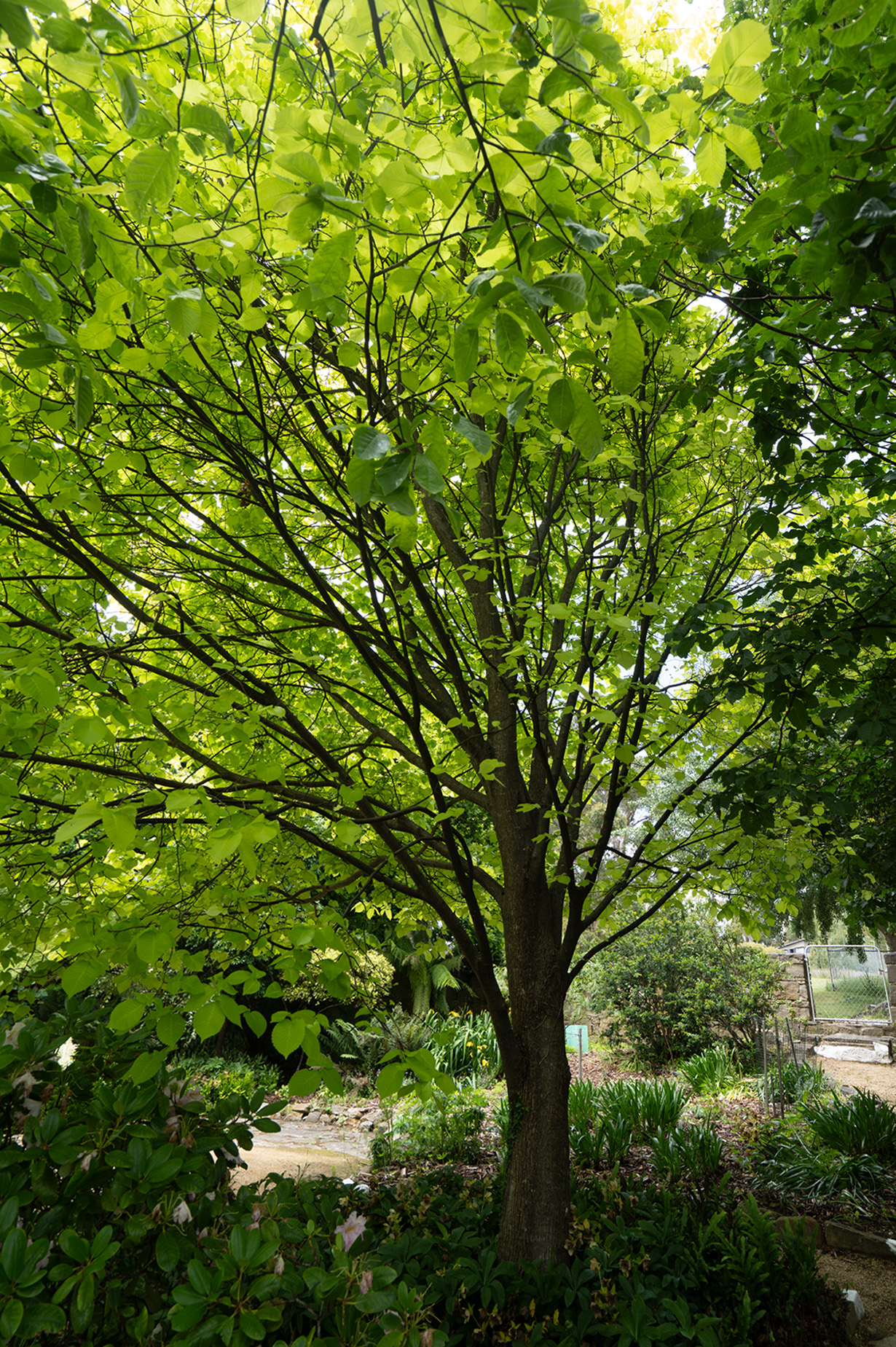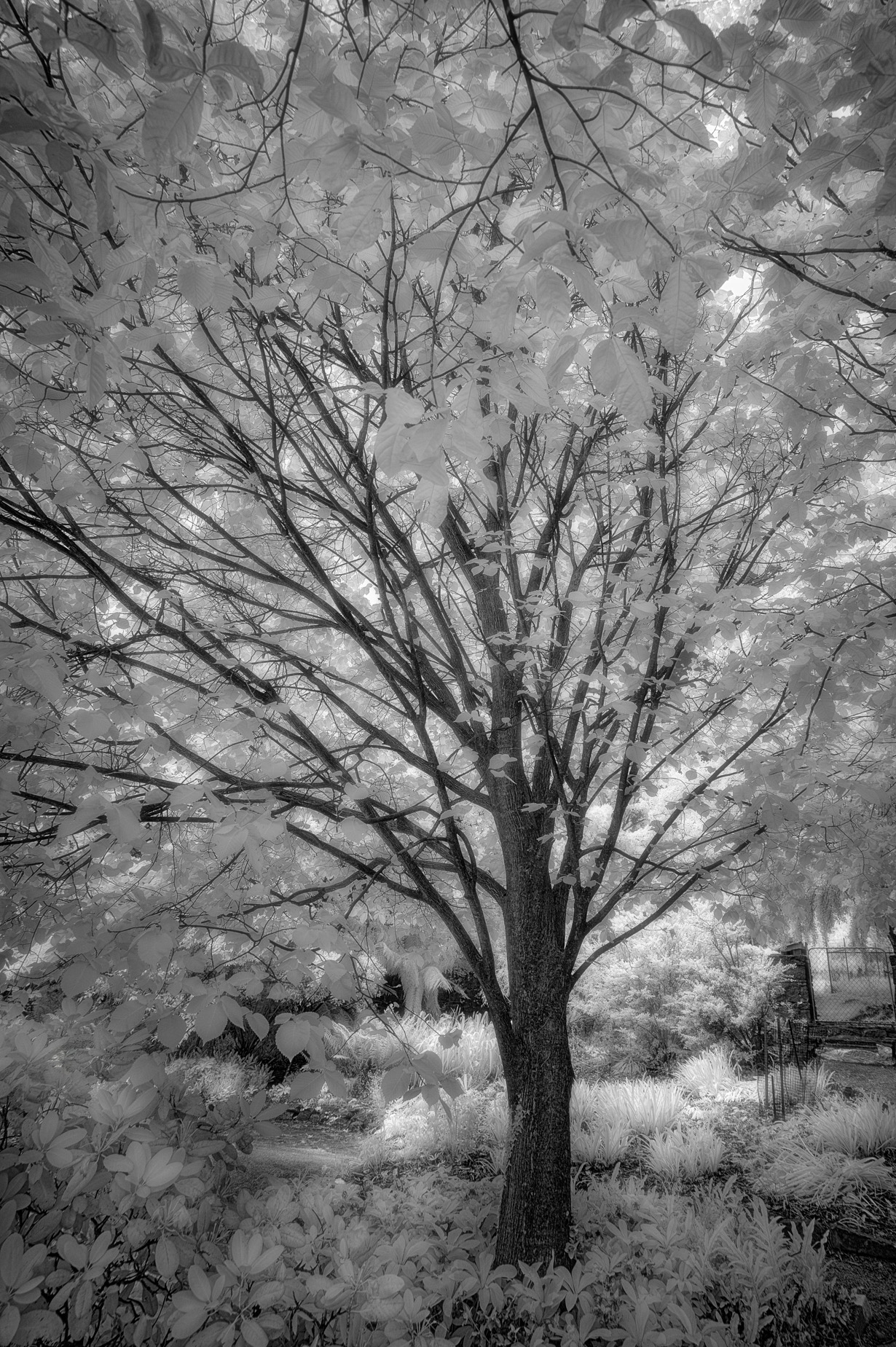Something From Nothing
Something From Nothing
Adventures in Infrared
Infrared photography transforms the ordinary into the extraordinary by capturing light outside the visible spectrum, offering a unique perspective that can make even average subjects visually compelling.
Who would have thought that bright midday sun during summer would be an ideal time to take photos? Normally, we avoid the high contrast unflattering light at this time of the day/year and favour early morning, sunset or dusk when the quality of light is softer and less intense. An infrared converted camera thrives in these adverse lighting conditions.
Here’s a few reasons why this is the case:
1. Unique Tonal Effects
Infrared photography renders vegetation in bright whites or glowing tones due to the way plants reflect infrared light, creating an ethereal, dreamlike effect. A simple tree or field can look magical. Blue skies often turn dark or black, providing dramatic contrast with the bright whites of foliage, adding depth and drama to otherwise mundane scenes.
2. Enhanced Textures
Infrared light interacts differently with surfaces, highlighting textures in stone, wood, or skin. This can bring out details that are less prominent in visible-light photography. For instance, a plain brick wall might exhibit striking tonal gradients and surface details in an infrared image.
3. Atmospheric Mood
Infrared often creates surreal and otherworldly moods. For example, an average urban scene with ordinary buildings can take on a cinematic quality when infrared emphasises certain elements like glowing vegetation or stark contrasts in lighting.
4. Simplification of Composition
Infrared can reduce the visual “noise” in a scene by filtering out colours that might clash or distract. The resulting monochromatic or limited colour palette focuses the viewer’s attention on shapes, contrasts, and patterns.
5. Altered Perception of Light and Shadow
Infrared emphasises subtle light and shadow transitions, which can transform an ordinary landscape into a dramatic play of luminosity and darkness. Shadows deepen, and highlights take on an almost metallic shine.
6. Creative Use of Imperfections
Hazy, overcast conditions that might dull a standard photo often enhance infrared images, as scattered light emphasises the glowing quality of subjects like foliage or mist.
7. Transforming Human Subjects
Infrared photography can make human skin appear smooth and porcelain-like, emphasising veins or eliminating blemishes. It can create an artistic portrait with a ghostly or angelic quality.
By revealing a hidden spectrum of light, infrared photography encourages viewers to see the world in a new and unfamiliar way, turning the mundane into mesmerising art.
The two following images were taken using the same exposure settings (i.e.18mm – F5.6 – 1/100th – ISO 100). The colour version (natural light) was captured with my Sony A7RIV (for comparison and GPS coordinate purposes) and the Black and White version (Infrared) was taken with my 720nm converted Sony A7.
I will leave it for you to decide, but in my opinion the infrared image has an etherial quality whereas the colour capture is mundane and underwhelming.



